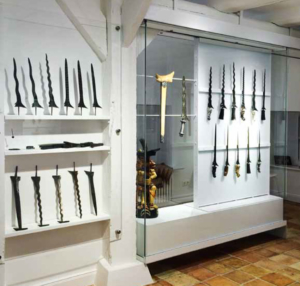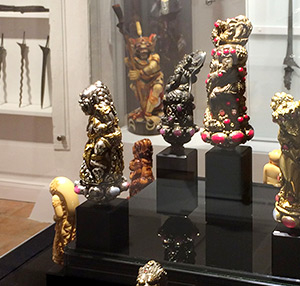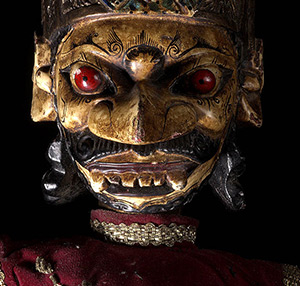
IFICAH – About us
IFICAH was established by private hand in 2014 as a non-profit foundation for the common good. Its main purpose is the study of and research about Indonesian and Japanese cultural assets, designated by UNESCO as Intangible Cultural Heritage of Humanity or considered national cultural assets. Unhindered access to private collections and a close cooperation with international museums facilitate scientific activities that are both effective and in step with actual practice observing all conservatory conditions and general standards.
Indonesia and Japan – two Asian archipelagos that could not be more different. Indonesia – melting pot of a multitude of cultures and influences, colonized more than once, its original diversity of creeds and religions complemented by Christianity and Islam, a tapestry of myriad island states united in national unity.
Japan – hermetic island empire, defined by economic efficiency and the aspiration to perfection, cosmologically and philosophically shaped by Shintoism and Buddhism.
And still, there is a deep connection, a common ground in these respectively highly developed and diverse cultures with a whole set of language and meaning hidden in forms and objects which never ceases to fascinate. Two island realms with a joint population of almost 400 million, where ancient values and traditions still partly exist. But they are in danger of vanishing and in many areas can already be considered lost. In a world of ever-increasing globalisation, these traditions deserve respect, understanding, and protection being important parts intrinsic to culture.
In our own IFICAH Museum of Asian Culture, we present objects and facilitate access to information on numerous subjects. In special exhibitions, we visualise and enhance aspects of traditional art and culture of Indonesia and Japan presenting objects that in large part have not been publically exhibited before. Visitors can then use our media room to peruse videos and animations of objects to follow up on individual interests and impressions.
Guided tours, lectures and thematic soirees complement our range of possibilities to get in touch with these Far Eastern countries.
Did you know…



